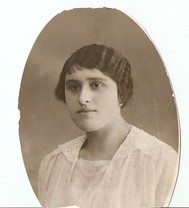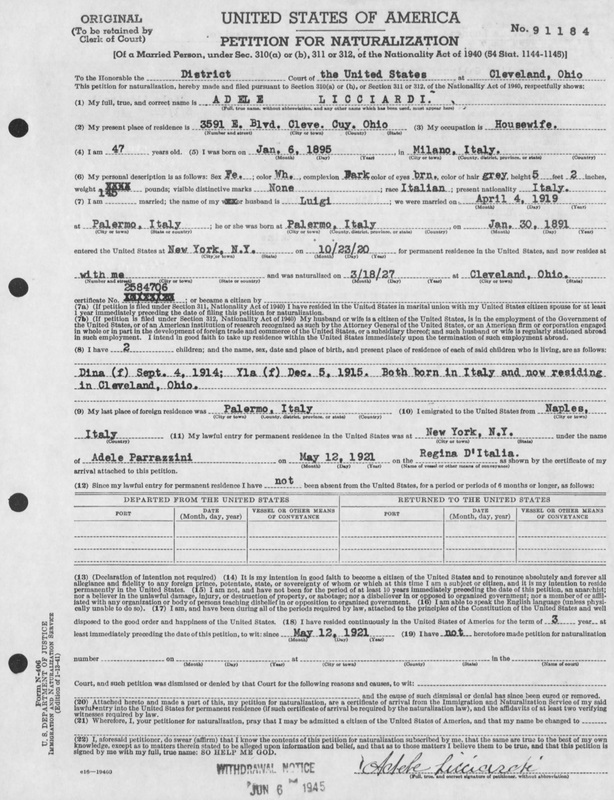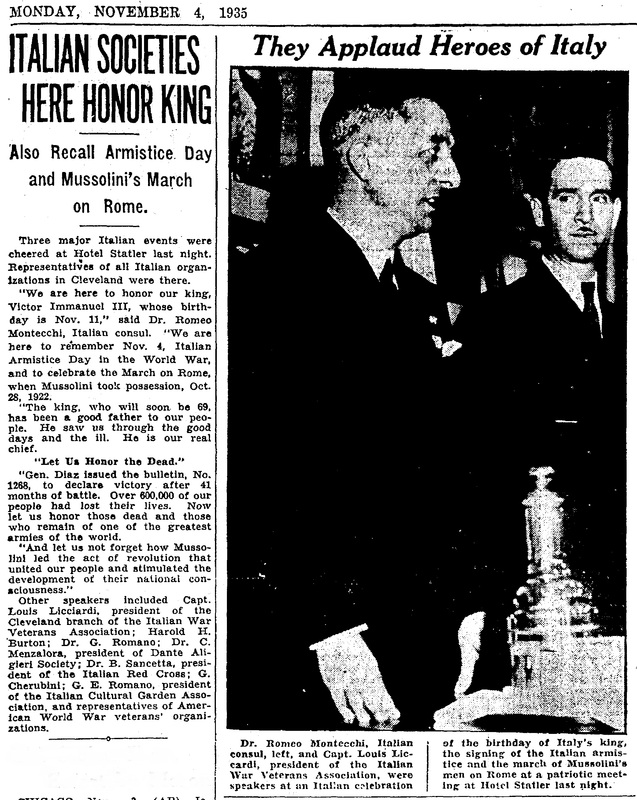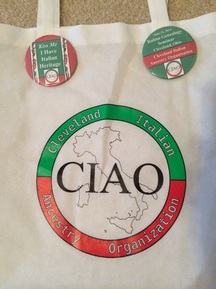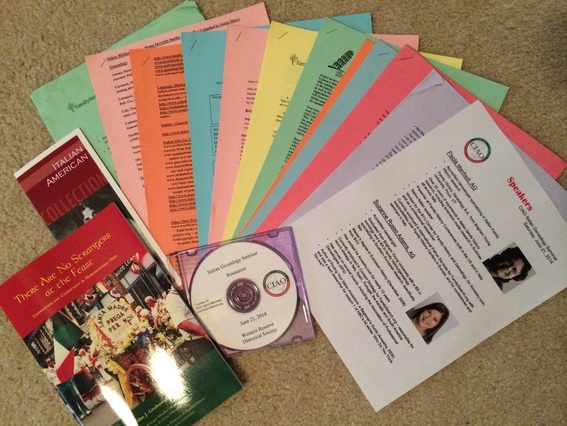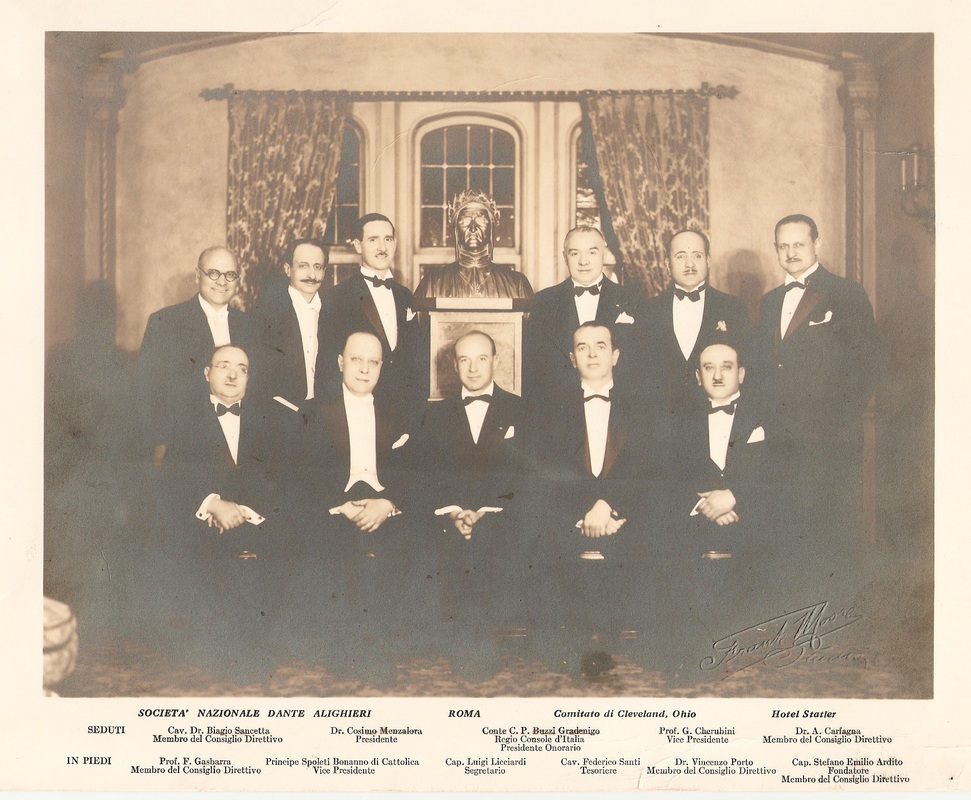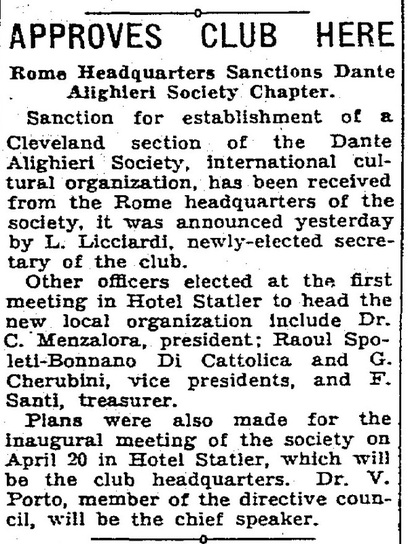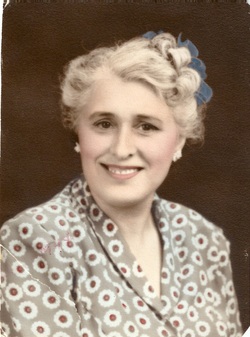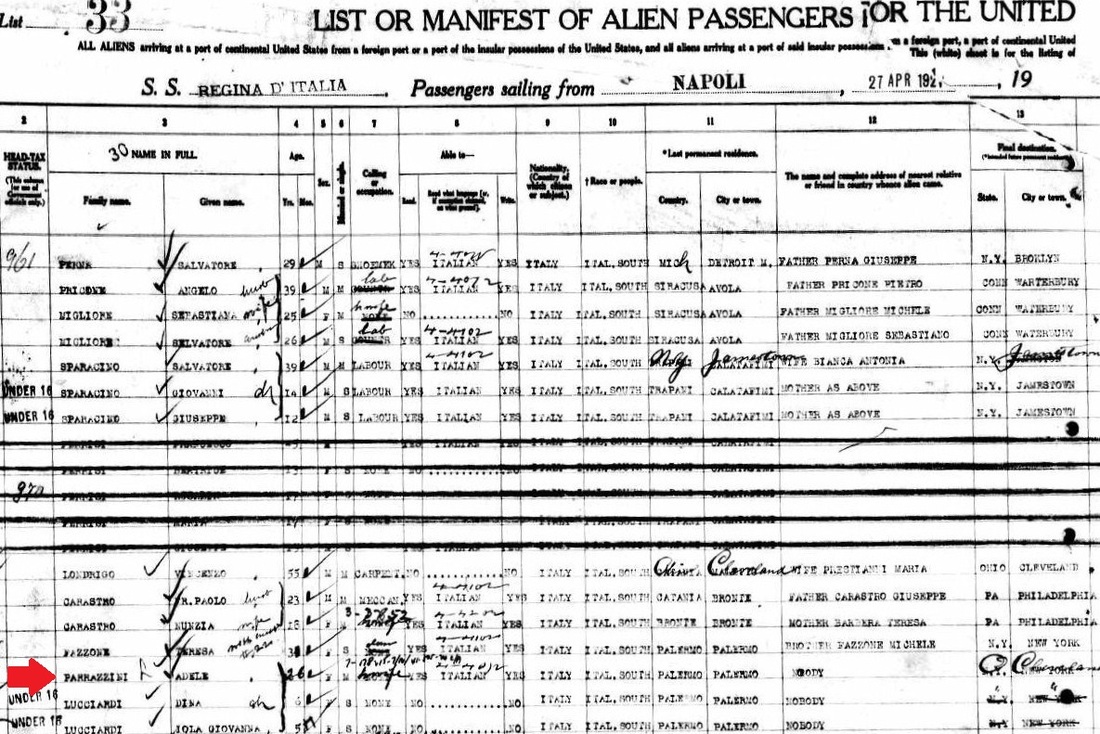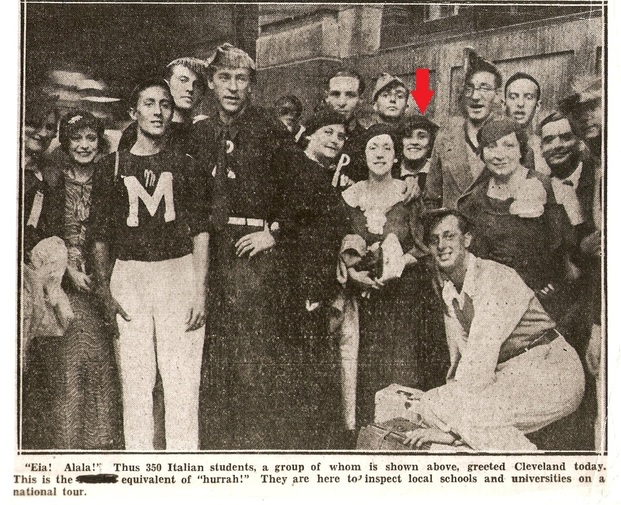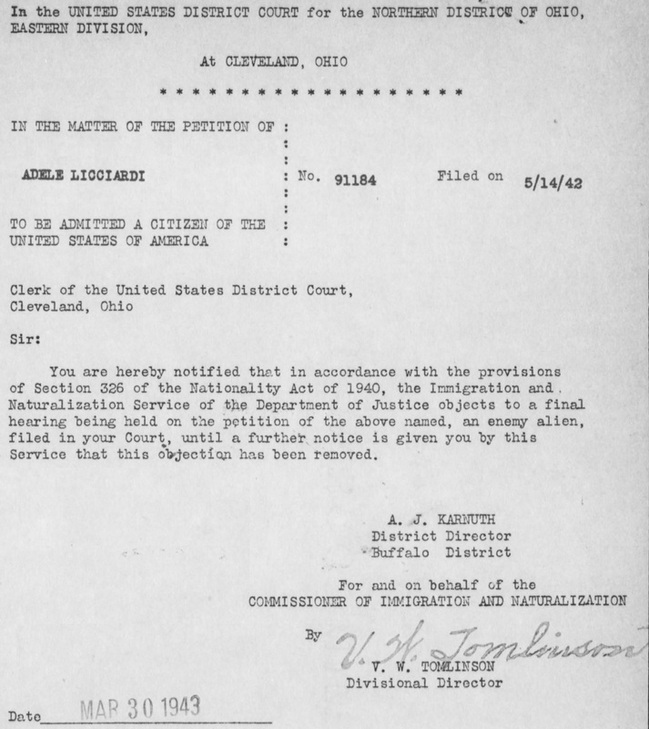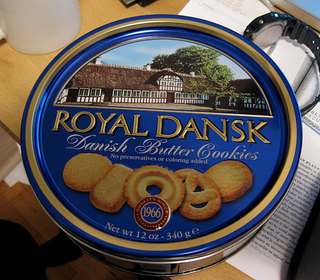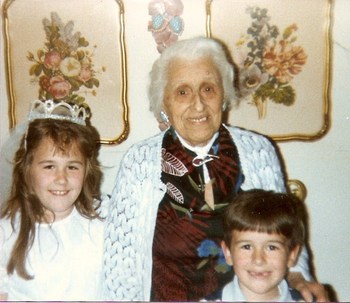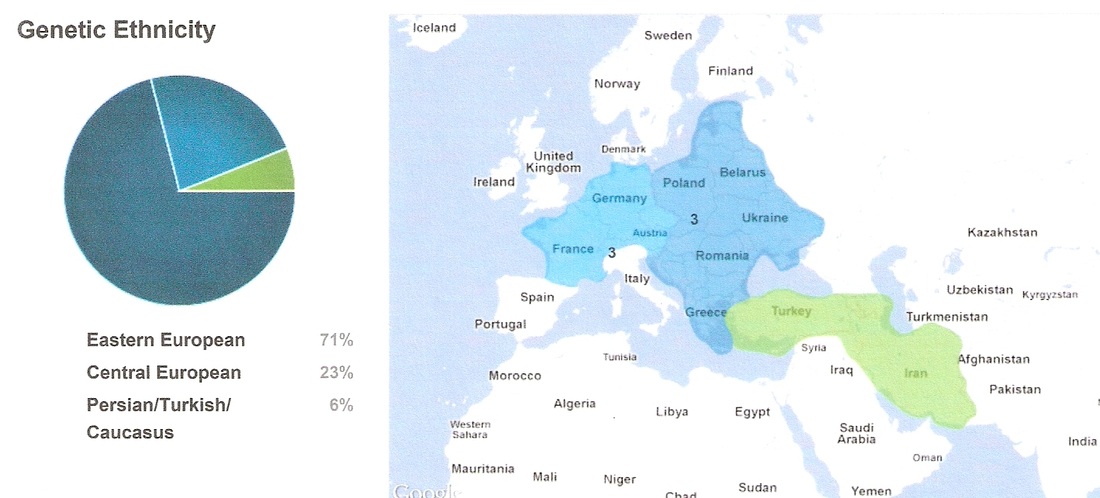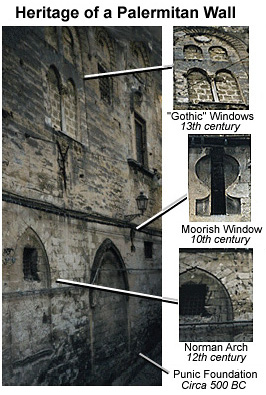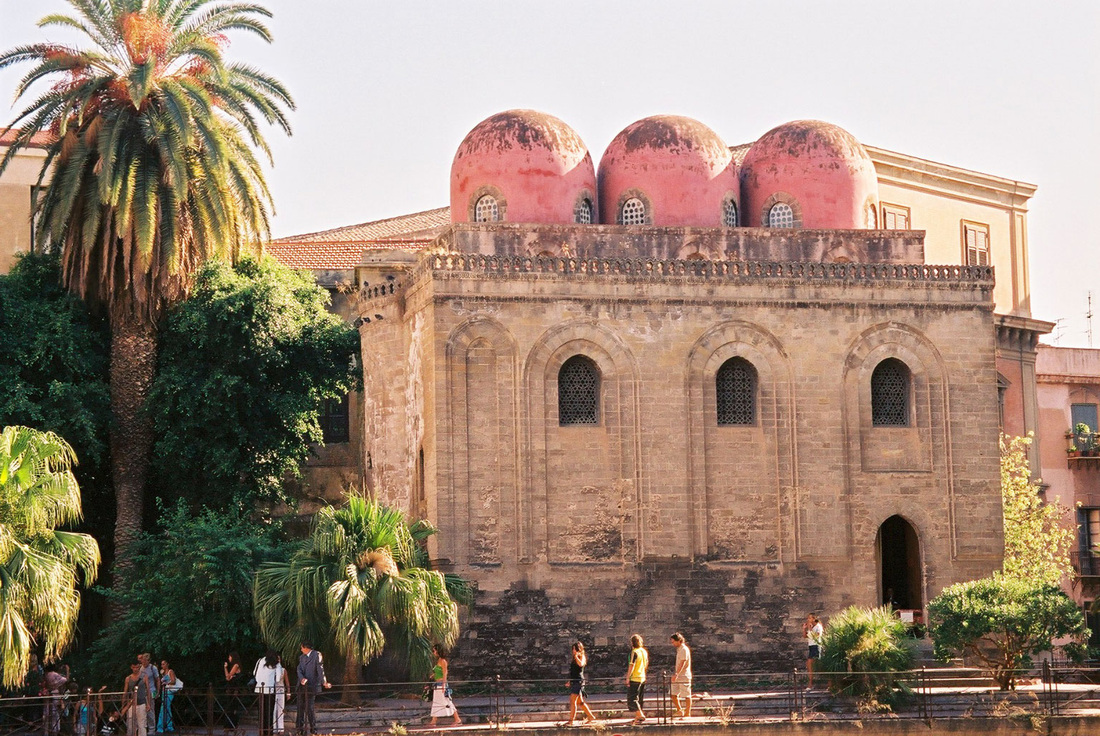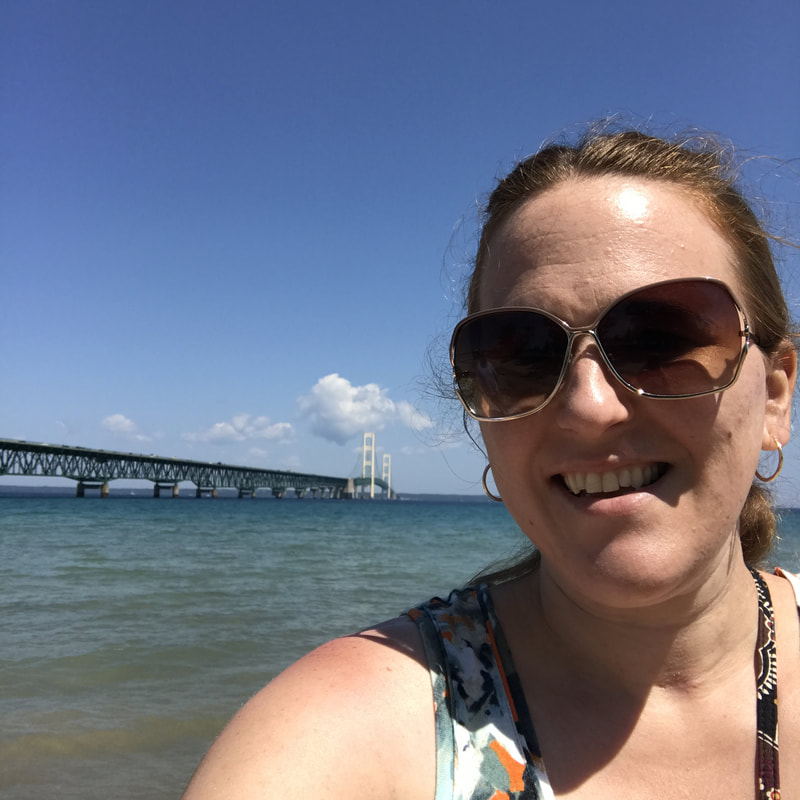| On this date in 1895, my great-grandmother, Adele Parazzini Licciardi, was born in Milano, Lombardia, Italy. A couple of years ago, I wrote this post about what I remember about her. Today, I thought I would share her Petition for Naturalization from 1945. (Click for larger image.) On this form, as well as on her ship manifest from 1921, her surname is listed as 'Parrazzini,' but her birth surname may actually be spelled 'Parazzini, as the former does not seem to be at all that common in Italy. Adele came to America in 1921 and passed away in 1990 at the age of 95. |
I do not (yet) know the names of Adele's parents. They did not come to America and probably lived out their lives in Milano or in a nearby area.
More about the Adele and her descendants can be found here:
Licciardi Family Documents
©2015, Emily Kowalski Schroeder
